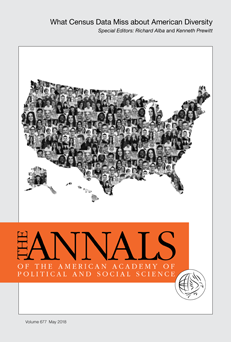The decennial census is much in the news, unusual this far in advance of census day (April 1, 2020). The newsworthiness stems from growing concern that the next census will fall short on the census’s most basic function: an accurate count of the nation’s population. Much is at stake: apportioning congressional seats among states, redrawing legislative districts, allocating some $7 trillion taxpayer dollars over the 2020s for social programs and public works, and planning about private-sector investments and commercial operations.
Beyond these immediate, practical consequences is the grander responsibility of the census to paint America’s portrait, allowing us to better understand who we are as a nation and how we are changing. For this, data on race and ethnicity are central. The system for collecting racial/ethnic data has changed multiple times since the first census in 1790 and will surely change again—though the 2020 questions will remain the same as in 2010 because of a recent decision by the Trump administration.
In this volume of The ANNALS, we ask: is the current census ethno-racial classification system doing a good job? Does it accurately reflect who we are, enabling us to track important social phenomena? Does it provide statistics helpful to understanding demographic dynamics and who we are likely to become in the years ahead?

